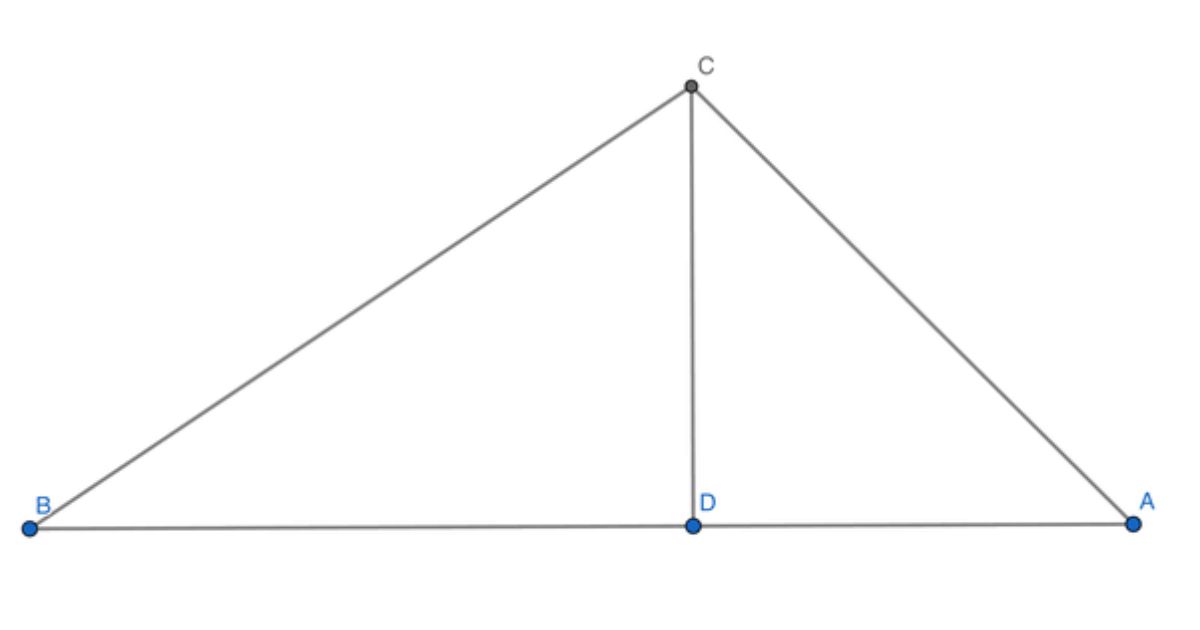The world of geometry presents an array of fascinating concepts that help us understand the fundamental structures of shapes and forms. Among these, triangles are one of the most studied and foundational figures. A common question that arises in elementary geometry is: Can a triangle have 2 right angles? On the surface, this might seem like a simple curiosity, but the answer involves deep insights into the very nature of Euclidean space and the properties of geometric shapes. This article aims to explore this question in detail, providing mathematical reasoning, real-world implications, and extensions into non-Euclidean geometry.
Understanding Triangles: Basic Definitions
Before diving into whether a triangle can have two right angles, it’s important to clarify what constitutes a triangle.
What is a Triangle?
A triangle is a closed two-dimensional figure with:
- Three straight sides
- Three angles
- The sum of the interior angles always equals 180 degrees (in Euclidean geometry)
Triangles are classified based on their angles and side lengths.
Types of Triangles Based on Angles:
- Acute Triangle – All angles are less than 90°
- Right Triangle – Has one angle exactly equal to 90°
- Obtuse Triangle – Has one angle more than 90°
The key takeaway here is that the interior angles of any triangle in a flat (Euclidean) space must always sum up to 180 degrees.
Right Angles and Their Properties
A right angle is defined as an angle of exactly 90 degrees. It is the standard benchmark for perpendicularity and forms the basis for much of our architectural and mathematical understanding of space.
When a triangle contains a right angle, it is called a right-angled triangle. These triangles are central to trigonometry, Pythagorean Theorem, and applications in construction, physics, and engineering.
Now the key question is: What happens if a triangle has two right angles?
Mathematical Explanation: Can a Triangle Have 2 Right Angles?
Let us perform a simple logical analysis.
If a triangle had two right angles, then:
- One right angle = 90°
- Another right angle = 90°
- The third angle would have to be:
180∘−90∘−90∘=0∘180^\circ – 90^\circ – 90^\circ = 0^\circ
But a triangle cannot have an angle of 0 degrees. Each vertex must form a legitimate angle, greater than 0°.
Therefore, a triangle cannot have two right angles in Euclidean geometry.
Visual Proof
Try drawing a triangle with two right angles on a piece of paper:
- Draw a right angle (90°).
- Try to add another right angle connected to it.
- You’ll quickly find that the lines must be parallel or form a straight line—not a triangle.
A triangle, by definition, must form a closed figure with three sides and three distinct vertices. Adding two 90° angles makes it geometrically impossible to close the shape with a third side while keeping it a triangle.
Logical Deduction Using Euclidean Geometry
The triangle angle sum theorem states:
Sum of internal angles of a triangle = 180°
If:
- Angle A = 90°
- Angle B = 90° Then:
- Angle C = 0°, which violates the requirement that all angles must be greater than 0.
Hence, it violates the fundamental postulate of Euclidean geometry.
Exceptions: Non-Euclidean Geometry
Interestingly, in non-Euclidean geometry, such as spherical or hyperbolic geometry, the rules change.
Spherical Geometry
In spherical geometry (geometry on the surface of a sphere):
- The sum of the angles of a triangle is greater than 180°
- It is possible to construct a triangle with two or even three right angles
Example:
On Earth, imagine the following:
- Start at the Equator and walk north to the North Pole (1st leg)
- Turn 90° and walk back down along a different longitude (2nd leg)
- Turn 90° again and return to the starting point along the Equator (3rd leg)
You have just formed a triangle with two right angles and one angle at the pole, which might also be a right angle, depending on your path.
This is only possible because the surface is curved, not flat. Such triangles are called spherical triangles.
Hyperbolic Geometry
In hyperbolic space (saddle-shaped), the sum of the angles of a triangle is less than 180°, so two right angles are impossible here as well.
Common Misconceptions
1. “What if we add a triangle on top of another?”
This might create a figure that looks like it has multiple right angles, but it’s not a single triangle—it’s a compound shape.
2. “What about angles formed by overlapping lines?”
Those figures aren’t triangles; they are combinations of triangles or polygons.
3. “Why does the triangle angle sum always have to be 180°?”
That’s a fundamental postulate in Euclidean geometry, based on the assumption that space is flat. This forms the basis for classic mathematical constructs and proofs.
Real-Life Importance of Right-Angled Triangles
While a triangle can’t have two right angles in Euclidean space, right-angled triangles have significant practical uses:
- Architecture: Right angles are used to ensure buildings are straight and stable.
- Engineering: Stress calculations often use right triangles to resolve forces.
- Navigation: GPS systems and mapping use right-angled triangles to calculate distances.
The Pythagorean Theorem and Right Triangles
In a right-angled triangle: a2+b2=c2a^2 + b^2 = c^2
Where:
- aa and bb are legs (sides forming the right angle)
- cc is the hypotenuse (the side opposite the right angle)
This only works if there is exactly one right angle. If a triangle had two right angles, this theorem would not apply—further evidence that such a triangle is not geometrically feasible in Euclidean space.
Educational Perspective: Why This Question Matters
Teachers often pose questions like “Can a triangle have 2 right angles?” to:
- Encourage critical thinking
- Test understanding of angle sums
- Introduce non-Euclidean geometry concepts
It’s a great way to deepen student interest and show that mathematical rules are not just rote facts—they are based on logical, spatial constraints.
Summary of Key Points
| Question | Answer |
|---|---|
| Can a triangle have 2 right angles in Euclidean geometry? | No |
| Why not? | Because the sum of angles would exceed 180°, violating triangle angle sum theorem |
| Can it happen in spherical geometry? | Yes, due to curved surface |
| Is it possible on a flat surface (like paper)? | No |
| Does this mean right-angled triangles are limited? | They’re limited to one 90° angle only |
| Practical impact? | Reinforces understanding of triangle properties and space |
Conclusion
The question “Can a triangle have 2 right angles?” opens a gateway to deeper geometric reasoning. In the realm of classical Euclidean geometry, the answer is a definitive no. A triangle cannot have more than one right angle without violating the fundamental postulate that its interior angles must sum up to exactly 180 degrees.
However, this question also provides a stepping stone into the fascinating world of non-Euclidean geometries, such as spherical geometry, where traditional rules no longer apply and such constructs are not only possible but have real-world relevance.
Ultimately, understanding why a triangle can’t have two right angles in flat space enhances our comprehension of geometry, broadens our mathematical thinking, and lays the groundwork for exploring higher-level spatial concepts.










